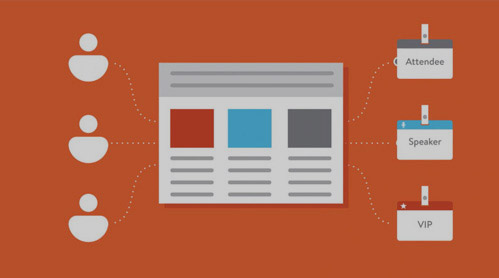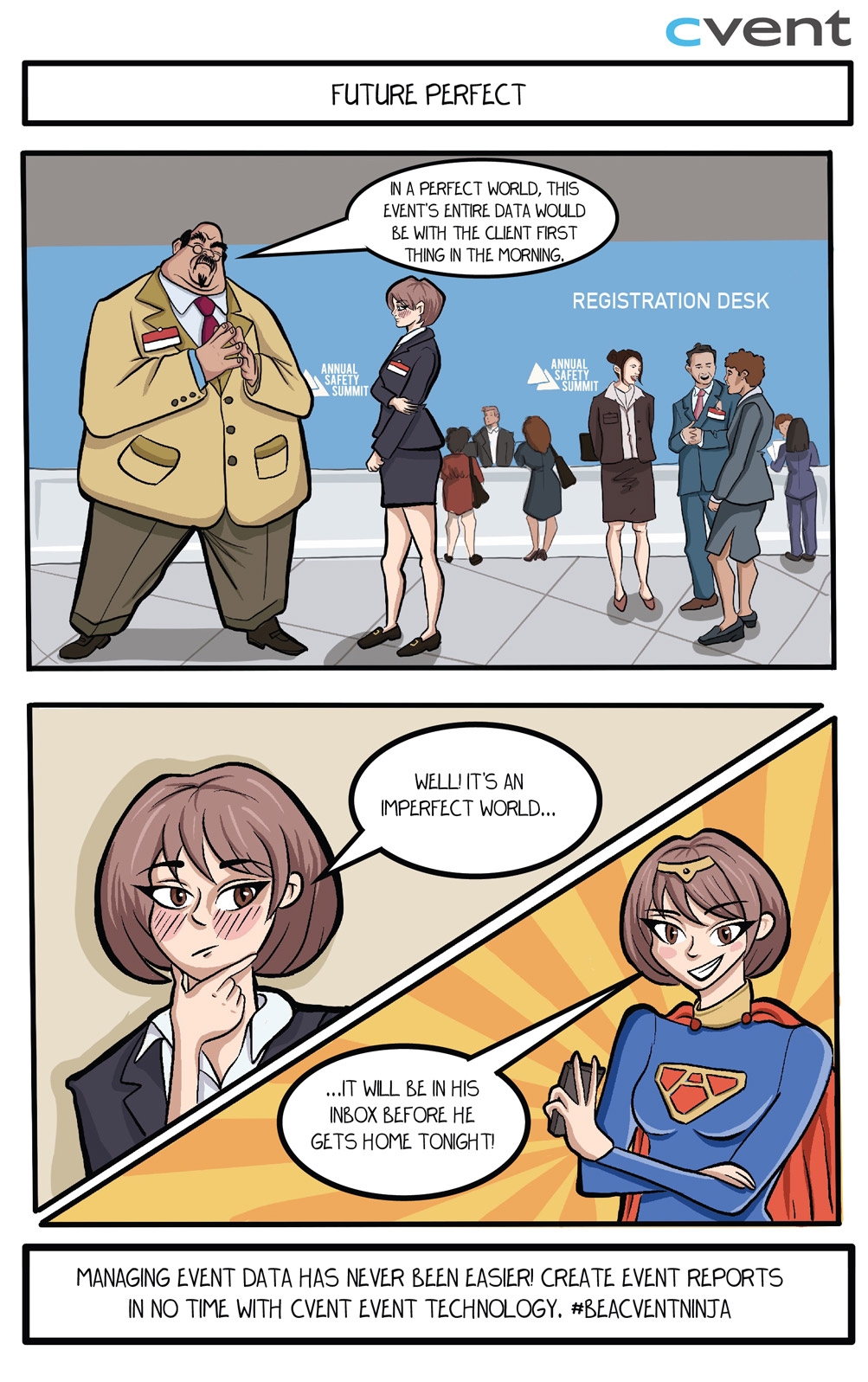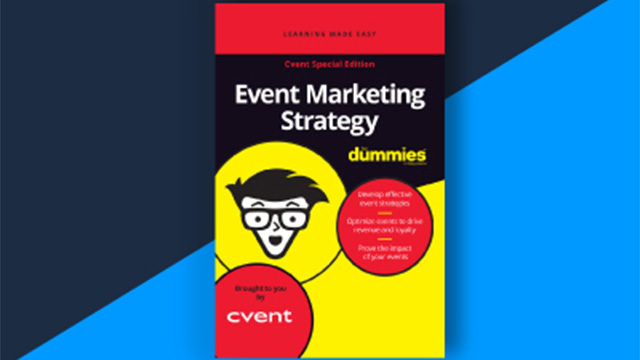THE BEST WAY TO MANAGE EVENT DATA
Despite technological advances, there are still plenty of events that are planned and run the old-school way: using spreadsheets to track and manage conference information, paper packets stuffed with printed informational sheets, mailed conference invitations, and even manual payment options.
We all like to think that if we’ve got a system in place and it’s working for us, then we can continue with the status quo indefinitely. Not only can it seem like learning a new system is more effort than it’s worth, you may even feel like you’re so busy planning events you don’t have time to adopt new technology. But the reality is that if you’re still using manual processes,you’re not only holding yourself back, you’re also holding back the quality of your events.
Here’s a brief look at how swapping out manual processes for a more automated approach can help you improve attendee’s and your own experience:
AUTOMATE YOUR REGISTRATION PROCESS
No attendee likes to wait in long check-in queues, but when manual processes are in play, it’s easy for check-in lines to get long. Even when you’ve planned the appropriate number of staff to check-in attendees, when there are bumps in the process (and let’s face it, there always are!), it can take considerable time to address them. For example, when an attendee isn’t on the list, but says they’ve registered and paid or they’re on the list, but their name is misspelled and they need a new badge printed up, long queues can start to form as registration staff takes extra time to handle the situation.
However, if your entire registration process is automated from the get-go-from the moment an attendee enters their information into a registration page on your event landing page to the moment they check-in-you will discover that not only do you have fewer issues to begin with, the problems are easier and faster to solve. Manually transferring data, even if it’s exporting a .CVS file and creating a “check-in list” is always prone to human err. Whereas if your registration data is integrated, the only errors will be typos created by your attendees. But even these types of hiccups become easier to manage when the registration process is automated. Mobile apps can be used for check-in, allowing attendees to verify their information on their own, make revisions as necessary, and even print their own badges-completely eliminating the long line that usually starts to form as a staff member works to track down a registration and payment, update the spreadsheet or reprint an attendee’s badge.
STREAMLINE COMMUNICATIONS
Another area where manual processes can contribute to extra labour or a lower quality experience is while communicating with participants. Whether it’s mailing printed invitations, manually emailing information, or stuffing packets of information to hand attendees at check-in, automation can reduce the time and costs involved while delivering a richer and more interactive experience for your guests.
For example, by using advanced email marketing tools, event planners can incorporate a number of useful features for attendees-driving directions, accommodation booking, calendar integration, and registration and payment. When all these features are delivered in a single captivating HTML email, potential attendees are more likely to notice the email. And, with every action they need to take bundled together-it makes it a simple and quick process-something most attendees will really appreciate.
BETTER TRACK DATA AND UNDERSTAND YOUR EVENT ROI
Post-event it’s important to understand what processes worked well, what sessions were most popular, and what’s not working in order to improve the experience the next time and to drive higher ROI. Yet, most planners either use a manual process such a paper survey to collect feedback or don’t collect any feedback at all.
With an integrated event management platform, event planners can track all the data they need to make informed decisions. Registrations can be tracked by week, day, month, as can number of cancellations, number of attendees at different sessions, feedback from the event and specific sessions, and more. Creating reports is also a fast process, instead of a time-consuming one where you spend hours pasting data from different spreadsheets together. And, it makes it easy for decision makers to see what aspects of your event are delivering the highest ROI and where changes need to be made.
A FINAL WORD
Even if you aren’t back in the ‘Spreadsheet Ages’when it comes event planning, if you’re using non-integrated technologies for different aspects of the planning process, such as an email marketing tool for communications and a different tool for registration, you’re still creating more work for yourself. Having a single event technology platform that can automate and centralise all your processes will further streamline planning and event management and make your life all that much easier. And perhaps more importantly, free up even more of your time to focus on the creative aspects of event planning, such as innovative content or personalised details that enhance the attendee experience and truly make your events remarkable.
Featured Resources
Never before have event planners and marketers had industry-wide data on which to compare and measure their own meetings and events.
Don't just take our word for it. Try it for free.
Power & Flexibility to create any event you can imagine
Get Started





